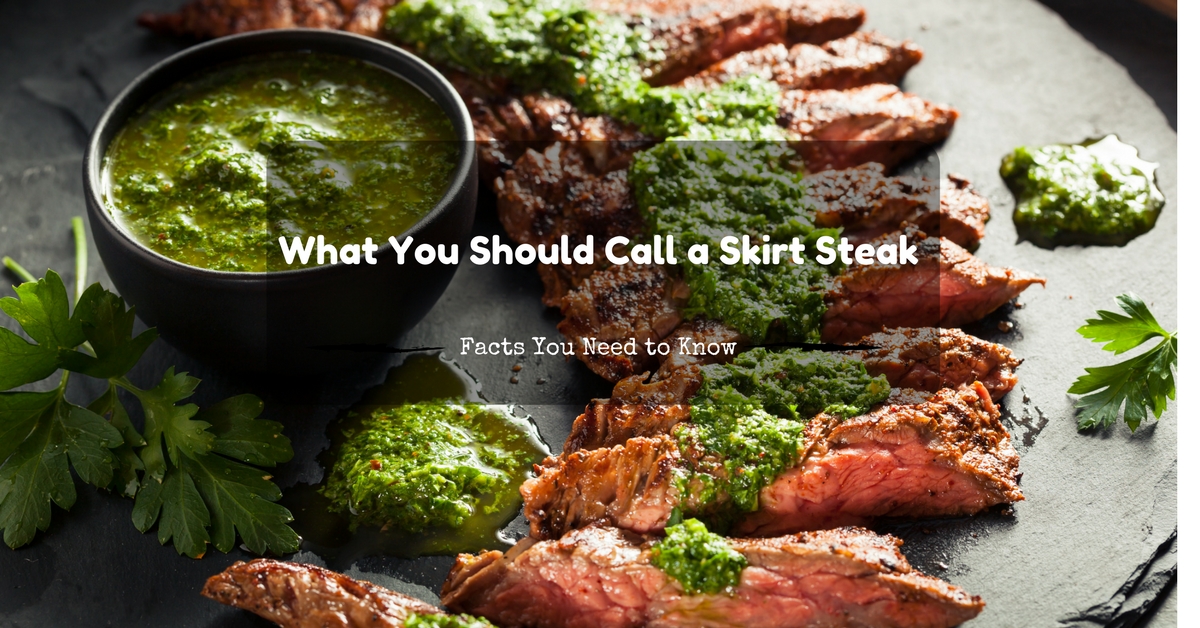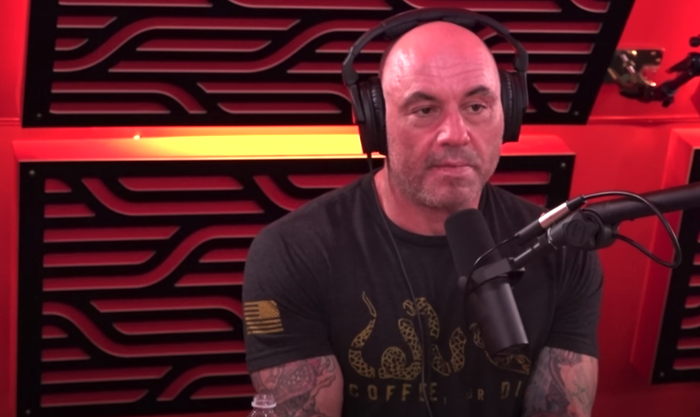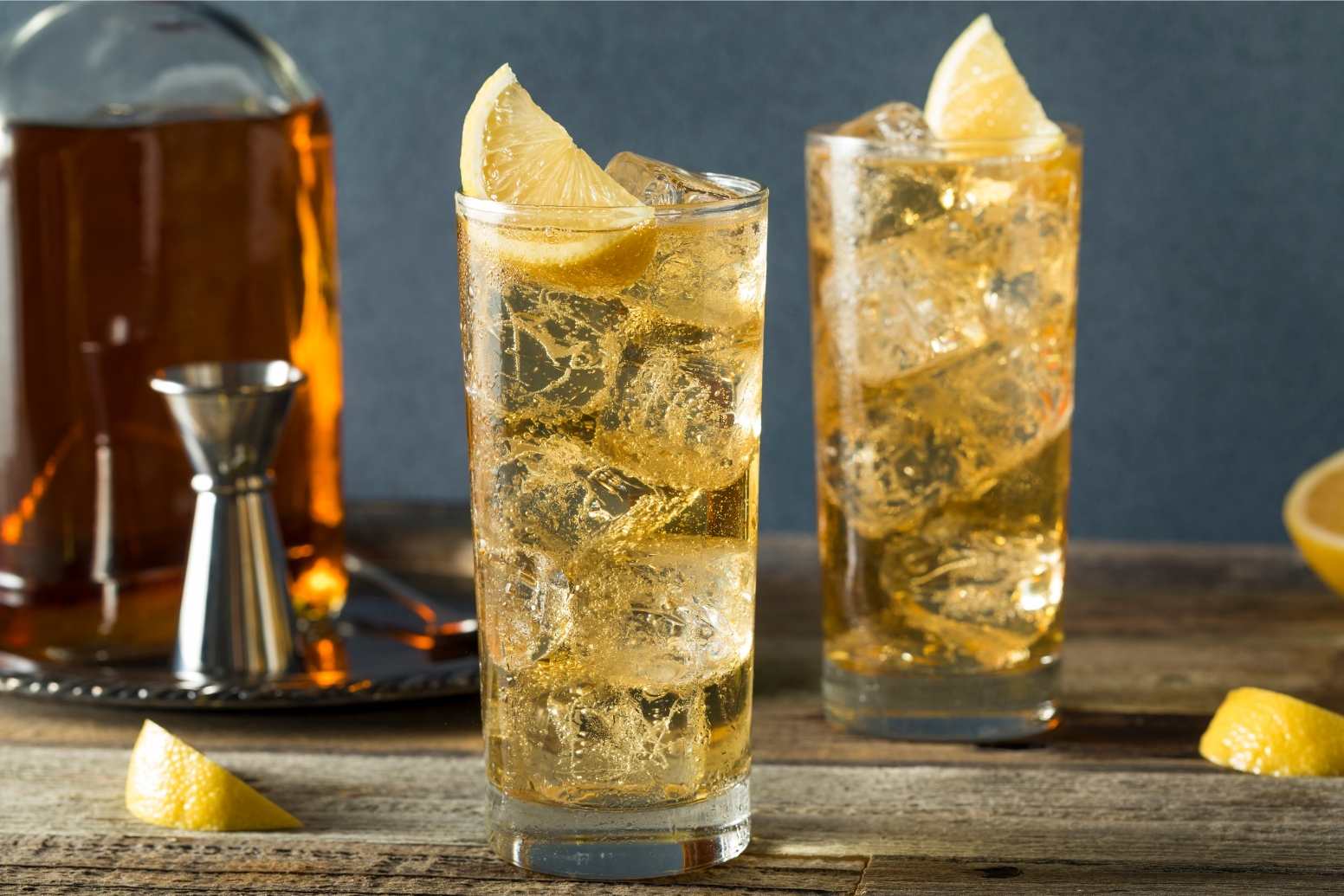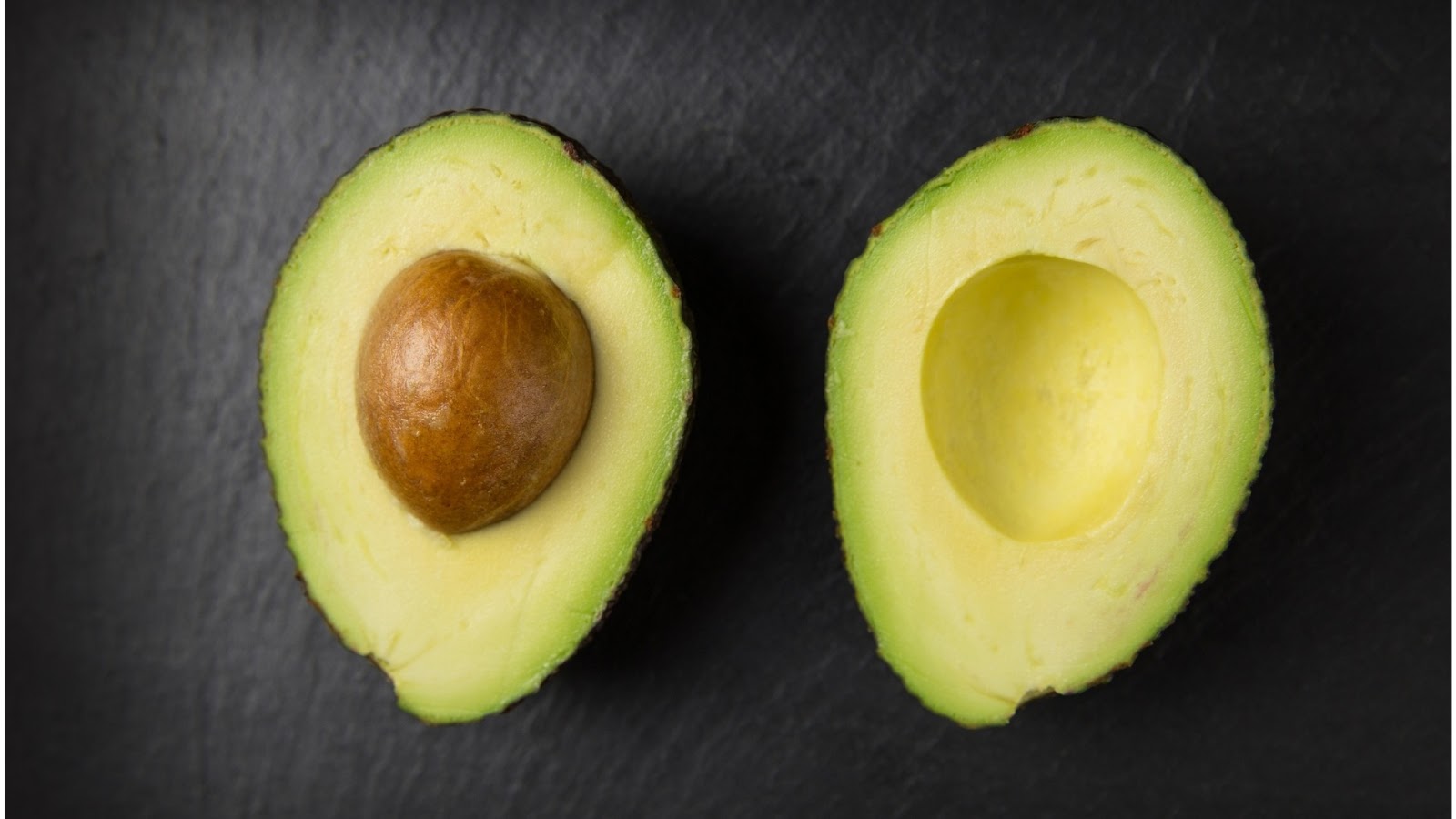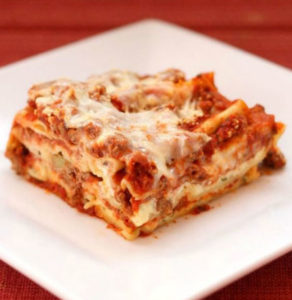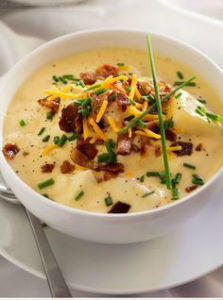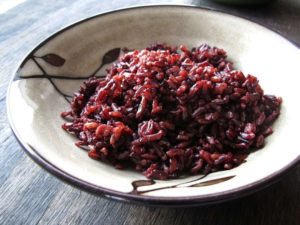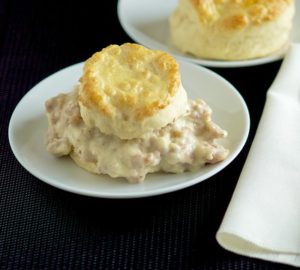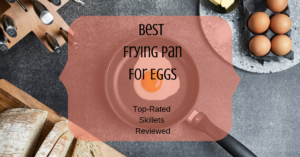In this article, we’ll be discussing the contrasts between both the cuts, how those contrasts influence their taste and texture, and giving you tips on the best way to cook an incredible prime rib or ribeye at home.
What’s the difference between a prime rib and a ribeye steak?
Both ribeye steak and the prime rib are cut from the rib segment of a cow.
The prime rib is a huge roasting joint, usually comprising significant portions of the rib bone.
By correlation, the ribeye is cut from the most delicate piece of the rib, between the sixth and twelfth rib, and is an intensely marbled cut of the longissimus dorsi muscle.
It’s more apparent once you see it with your own eyes. This video shows a butcher separating the cuts from the meat rib segment.
It gets better at 1:17.
Usually, when you order a prime rib in a restaurant, you’ll be served a slice of beef taken from a rib roast.
The piece of beef has already been cut from the body when you order a ribeye steak, trimmed, and will then be cooked to the degree of doneness you specify.
Prime Rib vs. Ribeye: Taste and texture
The prime rib and ribeye steak both have a pronounced rich flavor characteristic of beef rib meat.
Because of the bones’ presence, fat, and connective tissue in the bigger roasting cut, the prime rib will have a stronger flavor.
The ribeye steak has a subtler flavor, with its additional marbling giving it a rich taste and smooth, melt-in-the-mouth feel.
There can be a huge contrast in their texture since the prime rib is a roast and the rib eye is a steak.
The prime rib is commonly cooked at a lower temperature for a prolonged period, while the ribeye is better when pan-seared or reverse-seared to a medium-rare result.
Cost
Generally, it will cost you more to buy a prime rib roast than to buy a single ribeye steak.
The reason is that you are purchasing a quite bigger cut of meat. However, because of its dense, juicy flavor and smooth feel, you’ll presumably end up spending more per-pound for your ribeye.
For an approximate idea:
- Black Grade Wagyu Boneless Prime Rib Roast from Snake River Farms costs $239.00 for 5 lbs.
- Rib Roast from Porter Road is for $125.00 for a 4.73 – 5.25 lbs cut.
To get a full prime rib roast, you might need to visit your butcher as supermarkets will usually just store smaller, more comfortable to handle precut steaks.
You’ll likely end up spending less for a slice of prime rib you order in a restaurant. This is because cooking a more significant piece of meat and slicing it into smaller pieces is easier for the steakhouse than cooking separate steaks to order.
Which is better?
Great meat is mainly in the beholder’s eye, and both the prime rib and ribeye are incredible cuts with extraordinary flavor and a smooth texture.
But if you request a prime rib, you will get a cut of a roast, not a steak. So if you want to have a conventional hot and quickly cooked steak, stick to a ribeye.
What is a prime rib?
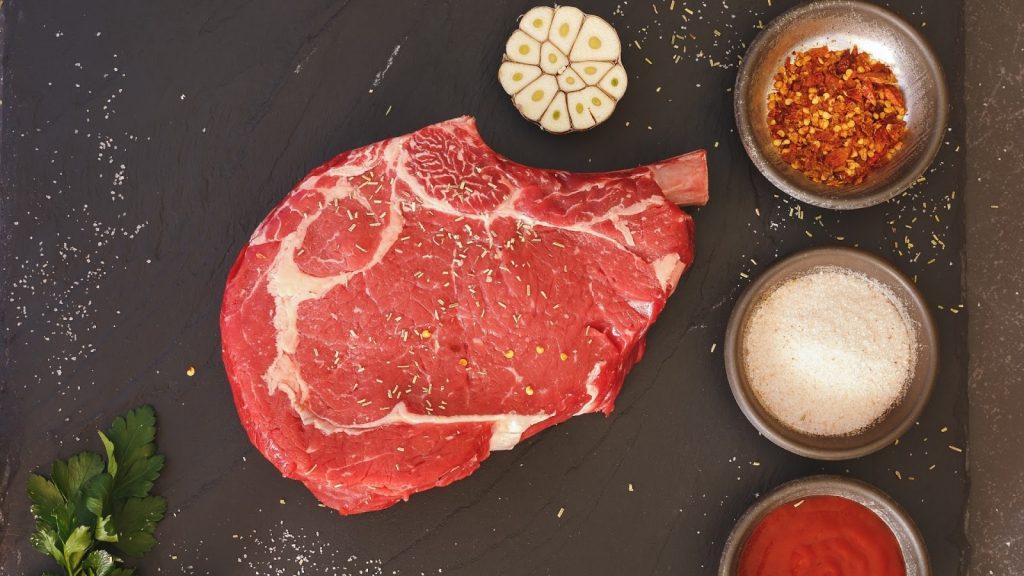
The prime rib is a big, bone-in, roasting joint cut from the beef rib basic cut of a cow’s body. It is sometimes referred to as a beef rib roast or a standing rib roast.
The standing rib roast is usually cooked with the ribs stacked vertically to permit the flavors from the fat cap to channel down to the whole joint when cooking hence termed as standing rib.
How do I cook it?
Usually, you roast a prime rib at a low temperature until the meat hits somewhere in the range of 130°F and 140°F.
There are various recipes, procedures, and flavor rubs you can apply, yet the most widely used is to sear the outside of your prime rib and roast it for about five hours at 200°F.
What is a ribeye steak?
The ribeye is cut from the underused longissimus dorsi muscle that runs along the cow’s ribs, precisely from ribs six to twelve.
Since the longissimus dorsi doesn’t do a great deal of work throughout the cow’s life, the meat stays delicate and is better marbled.
You’ll at times observe the ribeye called as the Delmonico steak, after the renowned New York eatery; the cowboy cut, if it’s presented with bone-in (or tomahawk if the full bone is left on); or the Spencer steak, if it’s given with the bone eliminated.
How do I cook a ribeye steak?
The ideal approach to cook a ribeye steak is by utilizing the reverse singe technique:
- Preheat your oven to around 275°F
- Put your ribeye in the oven and use your meat thermometer to track your steak’s internal temperature till it reaches about 90-95°F
- While your steak reaches the temperature, begin warming your skillet until it is really hot.
- Once your ribeye reaches 90-95°F, take it out of the oven and put it in the skillet with a lump of butter.
- To get a smooth medium-rare on the inside and that delightful brown colored crunchy crust on the outside, singe the two sides of the steak, turning it over regularly.
Concluding it up
Despite a comparable name, the prime rib and the rib eye are two altogether different meat cuts.
The prime rib is a succulent cut of a bigger rib roast, and the ribeye is a marbled steak with a delicate, rich, smooth feel.
So, now you know which one to get in the steak house to fulfill your appetite for beefy food and how to cook both of them at home.
Do you have a specific top choice between the prime rib and the ribeye? Would you like to share a unique prime rib roast recipe with us? If yes, then pour them out in the comments below!

